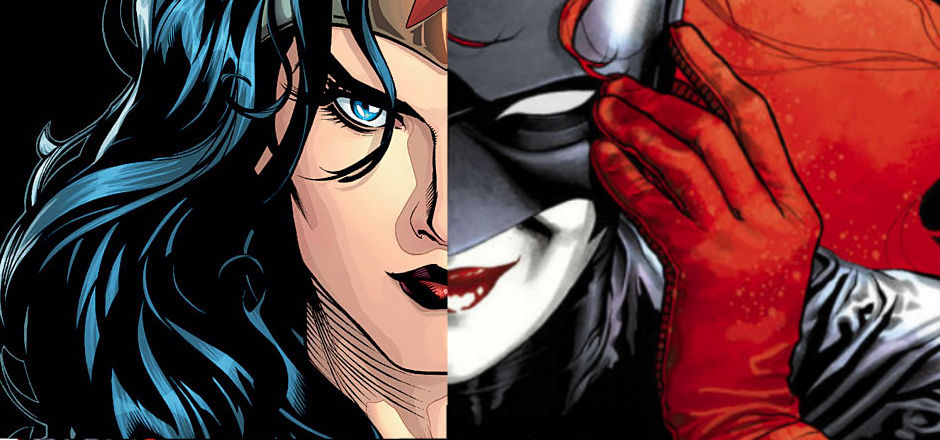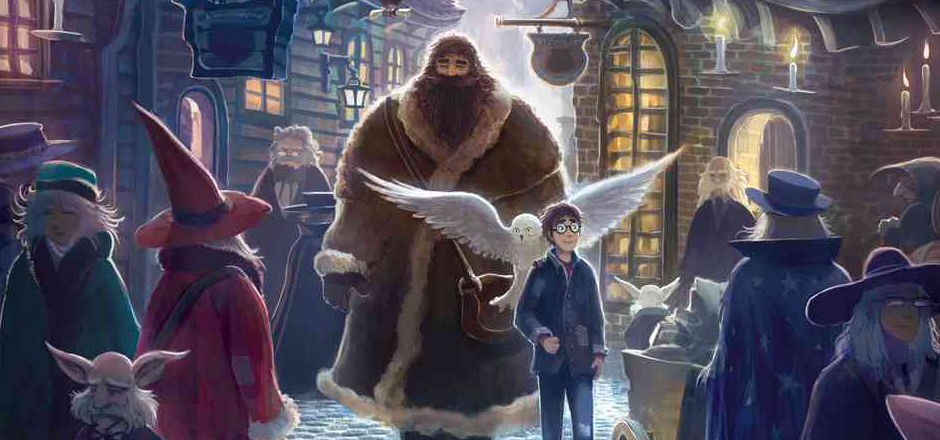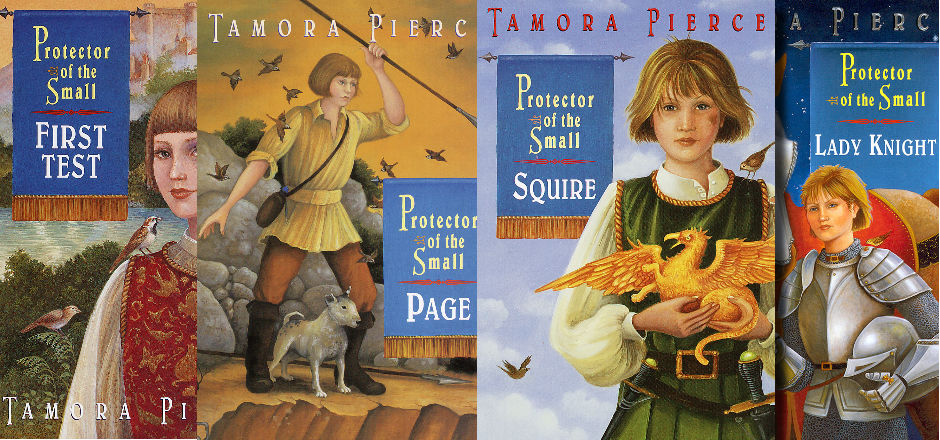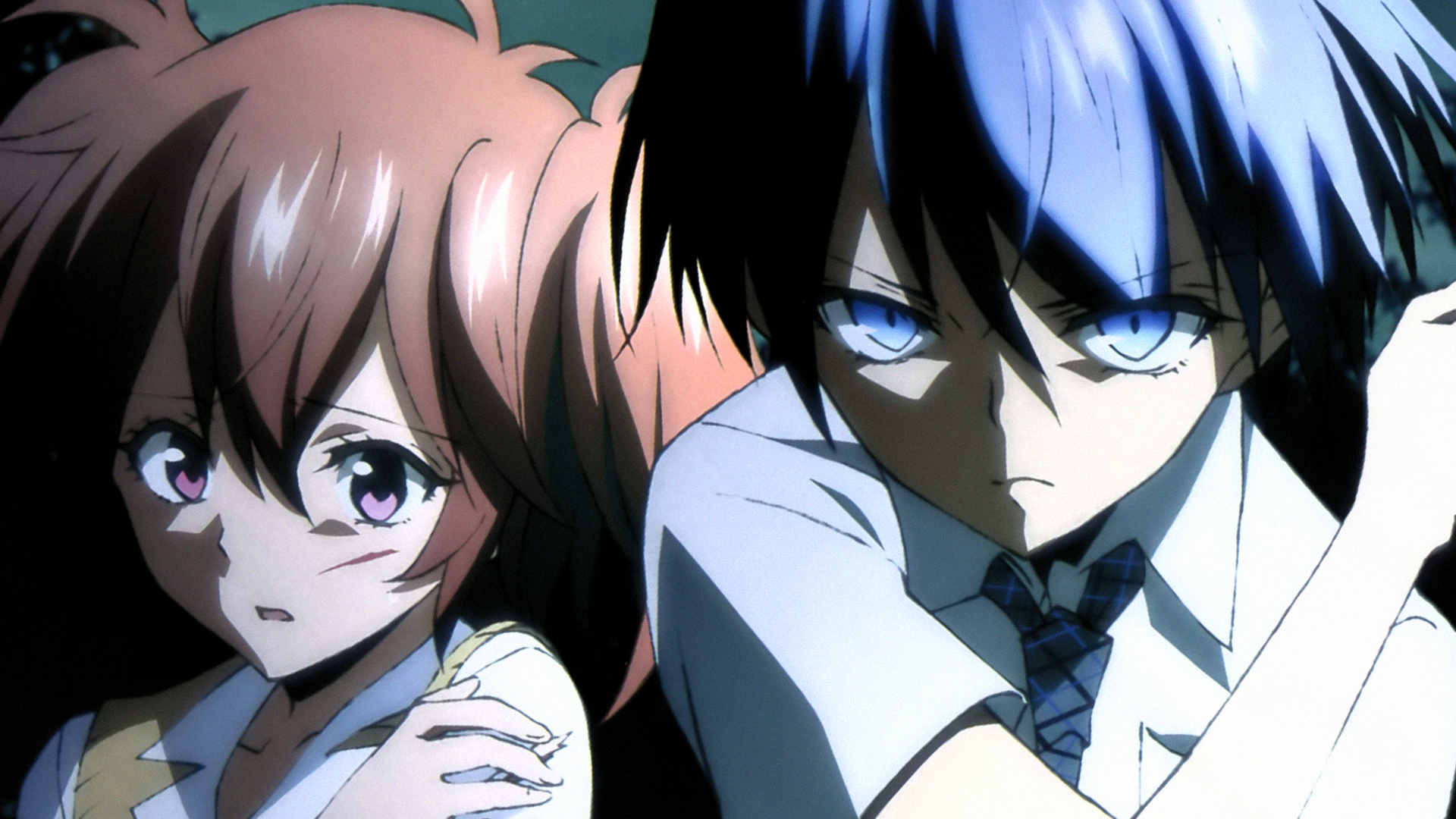I was seventeen when I first studied the monomyth in a class. (The class, incidentally, was Science Fiction & Fantasy Literature, and we were particularly studying The Hobbit.)
For the uninitiated, the monomyth is a basic outline common to mythology and literature, first introduced by Joseph Campbell in his book The Hero with a Thousand Faces; sometimes this structure itself is referred to as “the hero’s journey.” He summarizes the journey as such:
A hero ventures forth from the world of common day into a region of supernatural wonder: fabulous forces are there encountered and a decisive victory is won: the hero comes back from this mysterious adventure with the power to bestow boons on his fellow man.
At the time, I found the idea of the monomyth absolutely fascinating. Epics and adventures throughout Western literature follow this structure, and it can be applied to many stories I’ve loved — just about every superhero film follows the monomyth structure, for example, and the Harry Potter series is a seven-book exploration of it.
But alas: like many literary structures, the different stages of Campbell’s monomyth — summarized here on Wikipedia — has some of the gendered earmarks of its time. Written in 1949, the work draws on fantasy work and mythology that simply doesn’t give complexity to female characters, in particular subscribing to the ancient (and exhausted) archetypes of the Madonna and the Whore. TVTropes describes this as “A pattern of thought that divides female-humanity into two mutually exclusive categories… and creates a False Dichotomy between the Child and Seductress.”
In a world where such a dichotomy exists — and where there are exactly two female characters to represent all women — it can make a girl wonder about her place in the epic.
Thankfully, our stories of heroism are starting to lose their limits — and that especially pesky “Temptation of Woman” femme fatale bit of the monomyth fades out of newer work. We look forward to innovation in heroic stories and encourage the ones we’ve seen so far.
This month, we’re discussing different aspects of the epic: the tired tropes, structures we can do without, and ways our favorite stories in geek culture thrive by taking pieces from ancient texts.
—
Feliza Casano edits and writes for all sections of the site. In her approximate 2.3 hours of free time each month, she loves watching anime, reading science fiction, and working on her novels-in-progress. (Like an insane person, she’s participating in NaNoWriMo 2015.) Keep up with her antics at felizacasano.com and follow her on Twitter @FelizaCasano.






